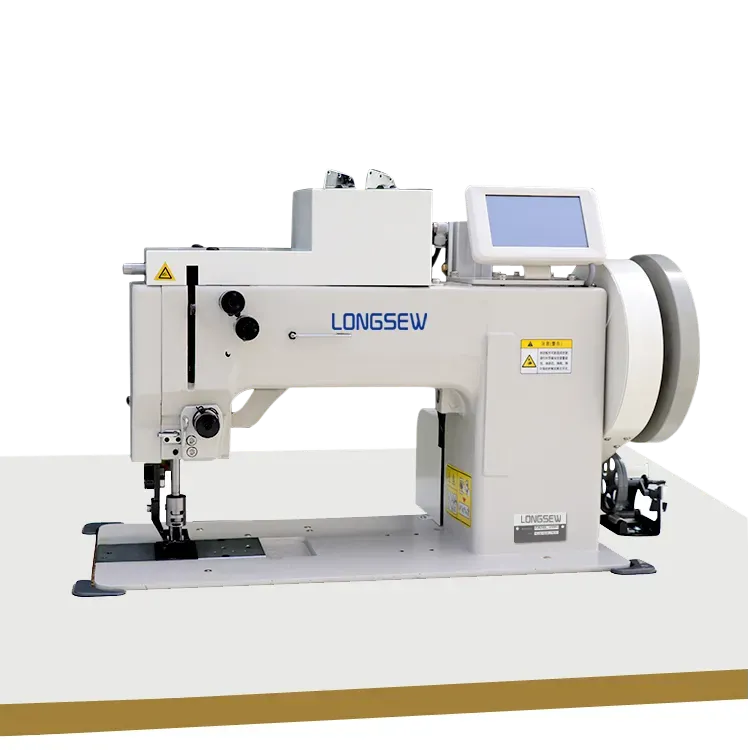what is the double needle with sewing machine for
Understanding the Double Needle in Sewing Machines
The sewing machine has revolutionized the way we create and repair textiles, allowing us to achieve a level of precision and efficiency that was previously unimaginable. Among various attachments and features, the double needle is a particularly beneficial tool for both novice and experienced sewers. But what exactly is a double needle, and how can it enhance your sewing projects?
A double needle is a specialized sewing needle that consists of two needle points mounted on a single shank. This innovative design allows sewers to create two parallel rows of stitching simultaneously, making it an invaluable tool for various sewing applications. Typically used with a zigzag sewing machine, the double needle can produce beautiful, professional-looking hems, decorative stitches, and other finishes that add character to garments and home decor items.
One of the primary advantages of using a double needle is its ability to mimic the look of traditional cover stitching, which is commonly found in commercial garment manufacturing. This feature makes it particularly popular for finishing hems on knit fabrics, as it provides the necessary stretch while maintaining a neat appearance. By using a double needle, you can achieve a more polished look without the need for expensive cover stitch machines.
what is the double needle with sewing machine for

In addition to hems, the double needle is also advantageous when sewing decorative elements. For instance, by selecting different thread colors for each needle, you can create contrasting designs that enhance the visual appeal of your projects. This technique allows for greater creativity and personalization, transforming simple garments into unique fashion statements.
When using a double needle, it's important to follow a few guidelines to ensure the best results. First, ensure that your sewing machine is compatible with double needles; most modern machines are designed to accommodate them. Next, select the appropriate needle size based on your fabric type. A larger needle may be necessary for thicker fabrics, while a smaller needle is recommended for lightweight materials. Additionally, using a larger stitch length can prevent skipped stitches and fabric puckering.
Threading a double needle can be slightly tricky, as each needle must be threaded separately. It’s best to use two spools of thread, ideally of the same type and weight, to achieve uniformity. Make sure to consult your sewing machine's manual for specifics on threading and settings, as the requirements may vary.
In conclusion, the double needle is an exceptional tool that elevates the sewing experience. Whether you are looking to finish hems, create decorative details, or simply improve the quality of your stitching, incorporating a double needle into your sewing routine can unlock a new level of creativity. So, the next time you embark on a sewing project, consider reaching for a double needle and witness the transformation in your work!
-
Leather Sewing Machine: The Industrial Standard for Tough MaterialsNewsJul.18,2025
-
Sail Making Machine: Heavy-Duty Stitching for Industrial and Marine NeedsNewsJul.18,2025
-
Sling Sewing Machine: The Backbone of Heavy-Duty FabricationNewsJul.18,2025
-
Leather Sewing Machine: Precision for Heavy-Duty StitchingNewsJul.18,2025
-
Big Bag Sewing Machine: Powering the Future of Bulk PackagingNewsJul.18,2025
-
FIBC Sewing Machine: Essential Equipment for Bulk Bag ProductionNewsJul.18,2025
-
Heavy Duty Leather Sewing Machine: A Must-Have for Professional LeatherworkNewsMay.28,2025





























